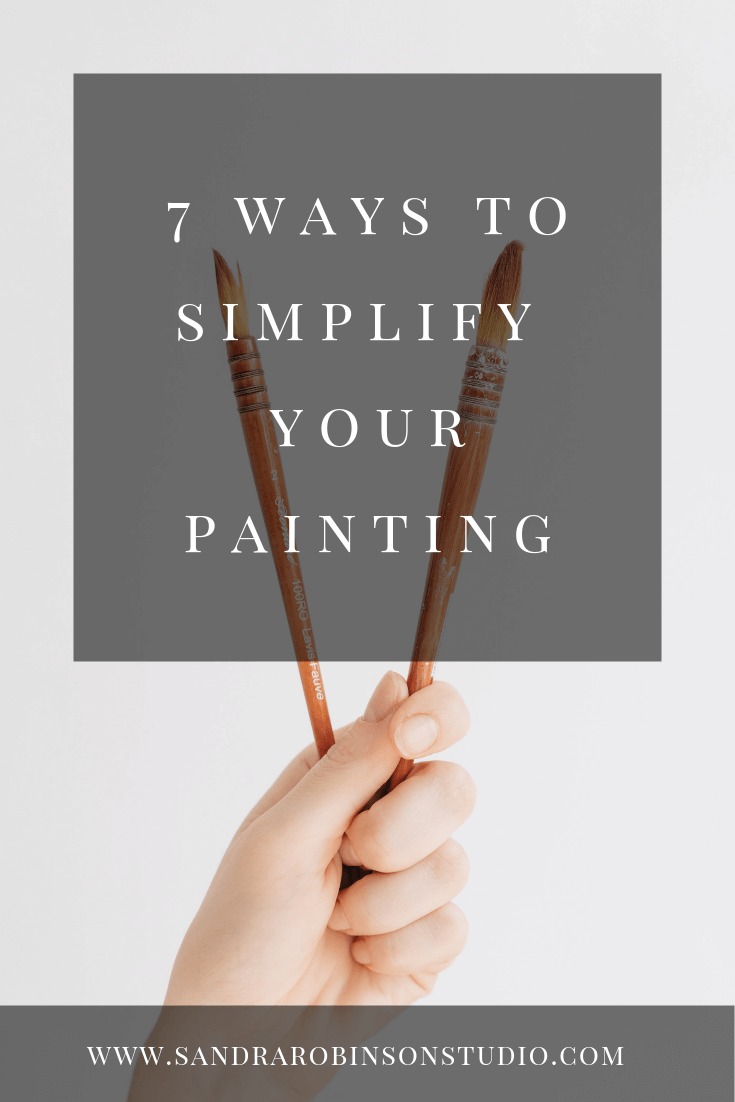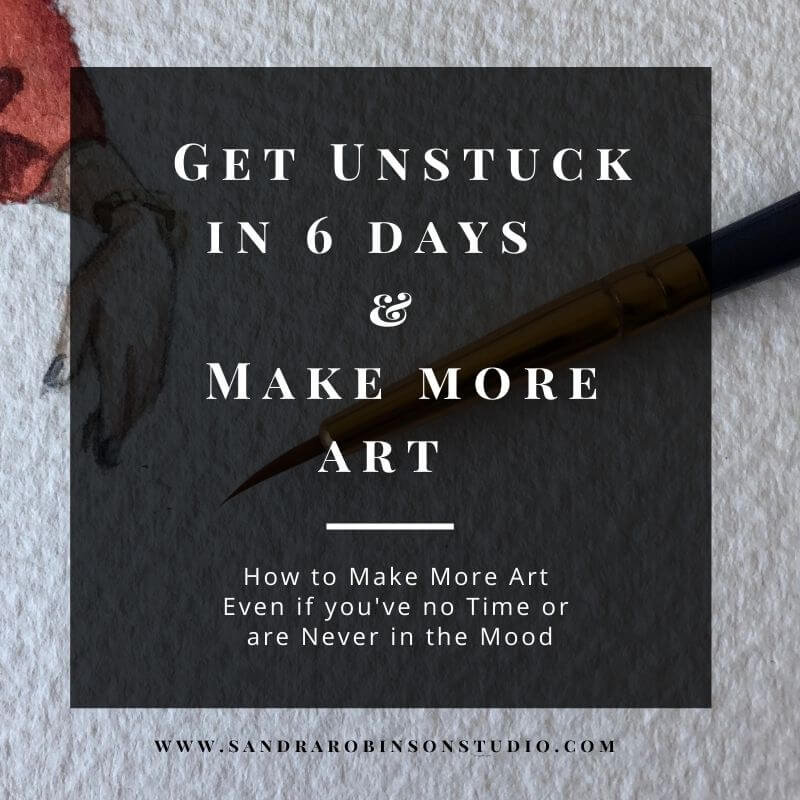7 ways to Simplify your Painting
You have a blank canvas staring back at you and a challenging subject to tackle. It’s overwhelming. You don’t know where to start, how you’re going to add in all the details or mix up all those colours and create a ‘finished painting.’
If that’s how you’re feeling, the best way to get started is to simplify…
1. Limit your Brushes.
Limit yourself to 3 brushes – a flat brush, detail brush, and a dry bristle brush.
Completing the majority of your painting with the flat brush allows you to block out a relatively large space whilst also limiting and removing the temptation towards detail.
Double up the use of the flat brush by using the corner for some detail points, use your bristle brush to blend colours together and finally, one detail brush allows you to get into some smaller areas.
Check out Top Painting Supplies for tips and recommendations on brushes and paints to choose.
2. Reduce your Palette.
This is very important, you need to reduce your distractions and choice. I choose to work with the primary colours, a brown and white, choosing a warm and cold version of each. You can mix up your greens, oranges and purples using these. If all colours are available to you, you’ll spend too much of your time mixing up colours.
You could go even further and choose just one colour, adding in black and white to create a value scale painting.
Bonus!
Decode Colour Theory!
Bypass years of trial, error and frustration and
pick up your copy of Colour Theory 101 Cheatsheet below!
Inside you’ll find:
>>> A comprehensive Jargon Busting Glossary
>>>7 common Colour Schemes in action
>>> Diagrams to The Unravel the Colour Wheel
>>> 10 TOP tips to make you an expert at colour mixing
>>> 3 no-fail colour palette suggestions
>>> FREE Access to the 5 Days to Better Painting Series
3. Set a Timer.
Ever heard of Parkinson’s Law? It’s a theory that “Work expands so as to fill the time available for its completion.” So, If something must be done in a year, it’ll be done in a year. If it must be done in six months, then it will.
If time is unlimited when working on your art, you’ll have the option to faff about, moving into your detail, tentatively adding on your colours and generally giving yourself too much time to over-think. A time limit will force you to just get on with it – you’ll have no time to second guess yourself and you’ll find a way to get it completed within the time frame.
Nothing makes you work in a more focused and deliberate manner as a ticking clock.
4. Be choosey with Detail.
Simplifying a painting means you can’t add detail everywhere - knowing what to leave out is more difficult than it sounds and takes practice. Before starting into your painting, take a few minutes and decide what part of your subject requires detail and what can you keep loose.
To practice this, try painting your subject 3 times in a row. For each painting critique the work to question what you can leave out in the following painting.
5. Think of it as an experiment.
Take the pressure off from creating a finalised perfect hang-worthy painting and change your focus to an experiment that you’re going to learn from. This means that even if the work ends up in the bin at the end, or you choose to paint over and start again you’re achieving the goal of experimenting - learning. If it goes well then great, but if not, critique it;
Ask yourself which 3 things you don’t like about it and why, and which 3 things you do. Make a mental note and apply these lessons to your next experiment.
6. Count your Brush Strokes
To simplify a painting means removing as many unnecessary marks as possible and to do that we need to be deliberate. To assist that, counting your brush strokes can help you become more aware of what you’re putting down and why.
Try doing 2 paintings of the same subject. With the first painting, work as normal but this time count each time you add a mark. With the second painting, cut this figure in half and try and complete the painting with half the marks you previously made - I bet it’ll make you consider what’s important and what’s not!
Ask yourself could one brush stroke do the work of 10?
7. Paint Upside Down
This may sound like more of an obstacle than a help, but distorting the information like this can help you take away the worry of getting it ‘right’ and helps you just get on with the painting as you have a bit of a get out of jail card of ‘oh well I couldn’t see it the right way around, anyway.’
This approach encourages you to just paint what you see and focus you on looking at colour, shapes, and values over detail, thereby simplifying it.
These are a just a few techniques you can use to get out of your own way and put paint to paper. What other ways do you use to simplify the process of painting?
Hit the comments below and share your advice.
or, Are you Feeling a little Stuck?
overcome obstacles and Make more art!
Take a Deep dive into the 6 most common obstacles that get in your way (you're not alone) and find out the tools, strategies and inspiration to overcome them.
Get ready to feel enthusiastic again, less stressed and buzzing to make and share more of the Art you love.
If you’ve never shopped with Jackson’s - clicking the image below above gives you a 10% discount on each purchased item if it’s your very first order, 0% on each purchased item of next orders, or if you’ve previously purchased from them before - Enjoy!
Disclosure: The link in this post is an affiliate link. If you decide to purchase through it, I earn a small commission at no additional cost to you. I recommend these products, companies or resources only because I have experience with them and use them for my own business. Click to shop














ForM is by far my favourite group exhibition of the year to visit and I am honoured to have been one of artists involved in it this year.
If you missed the exhibition, here’s a round up.